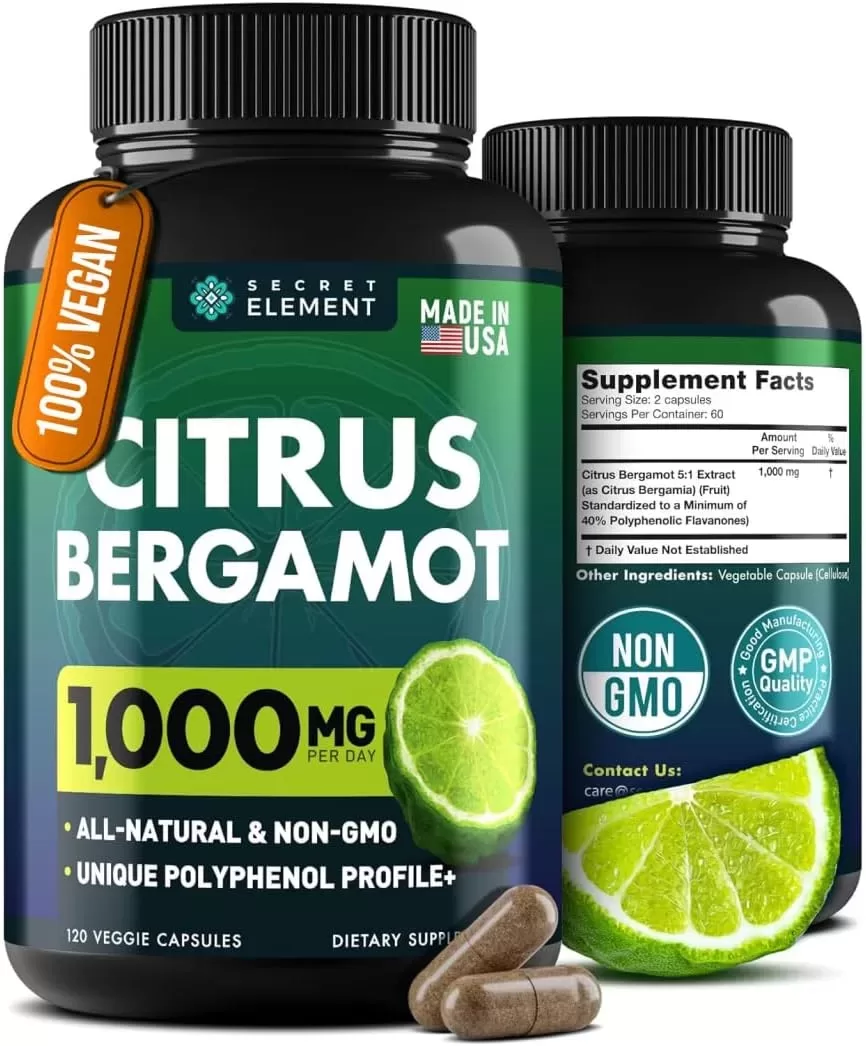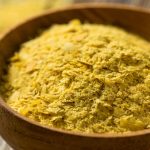Do you know what the inside of a blueberry looks like? Most people don’t. The inside of a blueberry is surprisingly complex. It contains seeds and juice sacs, and is often a different color to the skin.
The inside of a blueberry can range from a dark blue color in wild varieties, or pale green or white in cultivated blueberries. Most store-bought blueberries are a pale color on the inside, and is nothing to worry about.
If you’ve just bitten into a blueberry and were surprised it wasn’t blue, you’re not alone! Here, I’ll tell you WHY blueberries can be a weird color inside, and what it might mean – or not.
What Color is a Blueberry Inside?
The inside of a blueberry can be:
- white (or off-white)
- green (or pale green)
- almost any shade of blue
Finding these colors inside doesn’t mean your blueberry has gone bad (or worse, is some sort of fake berry masquerading as a blueberry). A paler inside color is totally normal for most blueberries.
Some people also think that a white or greenish color inside the blueberry means it’s unripe – this isn’t true either. A perfectly ripe blueberry can have a pale interior!
Here’s a picture of the inside of a couple of ripe blueberries I bought from a supermarket – these are cultivated (farmed) berries from Chile.

As you can see, it’s white in the middle, extending to a more blue/purple color near the skin. The seeds are yellow. Small but perfectly formed, aren’t they?
Usually, supermarket berries are similar – they’re all a pale color since they’re usually the same varieties that are resistant to pests, and have good yields. I’ve found, anecdotally, that the larger the berry, the more likely it is to be white or even pale green inside.
You might already know that blueberries are high in antioxidants, and it’s these antioxidants – one called anthocyanins, that are responsible for the colour of the blueberry flesh on the inside, as well as the depth of blue in the skin (source: Food and Nutrition Research).
This is why wild blueberries (also known as bilberries) are usually a darker, more “blue” color on the inside – they typically contain more anthocyanins, and are smaller. If you’ve ever eaten a wild blueberry pie or similar, you might have noticed that it’s a very dark purple color, from the depth of “blue” of the wild berries.
Here’s what a bilberry (also called a ‘true’ blueberry or wild blueberry) looks like inside:

Notice how much more close to “blue” this wild berry is – almost a deep red!
Most of us never realise that the inside of a blueberry is a different color. This is because when cooked, the skin and flesh breaks down, the color bleeds, and everything ends up looking blue or purple (like the lovely splotches in a fresh-baked blueberry muffin, right!).
I ought to mention that the inside of the blueberry should be firm, and not mushy, no matter what the color. If the inside of your berry has white mold, has gone black or sludgy, then it’s “off” and you shouldn’t eat it.
A telltale sign is usually mold in the area where the stalk has been. If that’s bad, then don’t eat the berry.
Do Blueberries Have Seeds Inside?
Blueberries do have several seeds inside, but they’re usually too small to notice.
You can see them in both pictures above – it might surprise you just how many seeds are present. It’s one of the reasons blueberries are a good source of fiber (source: Nutritionix).
Does The Inside Color of a Blueberry Matter?
So, are blueberries “better” if they’re bluer on the inside? Not necessarily. Blueberries, whether wild or cultivated, are pretty good for you, regardless.
Yes, the wild varieties contain more antioxidants, but they’re harder to find (unless you pick them yourself) and subsequently, are more expensive.
All blueberries – no matter what colour the inside – have nutritional benefits, such as being a good source of vitamins C and K, manganese, dietary fiber and copper.
So the next time you’re picking out some blueberries at the store (or your backyard), take a closer look at their insides, and appreciate their complex beauty!

![What Does the Inside of a Blueberry Look Like? [With Pics] A basket filled with fresh blueberries and a few green leaves, placed on a rustic wooden surface. Some blueberries are scattered around the basket, adding to the natural, farm-fresh feel.](https://cuisineseeker.com/wp-content/uploads/2022/01/blueberries_fresh-768x513.jpg)










Comments are closed.